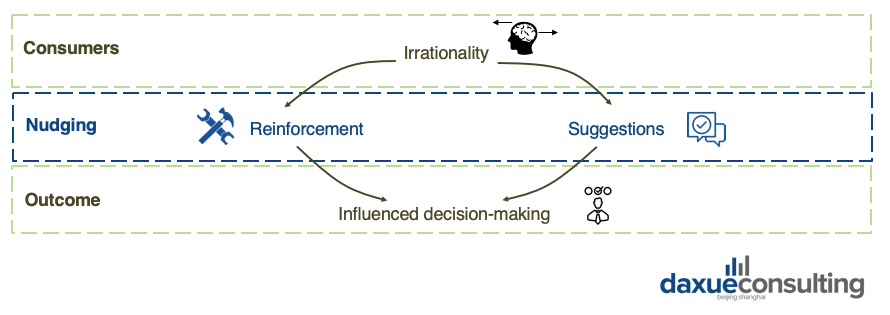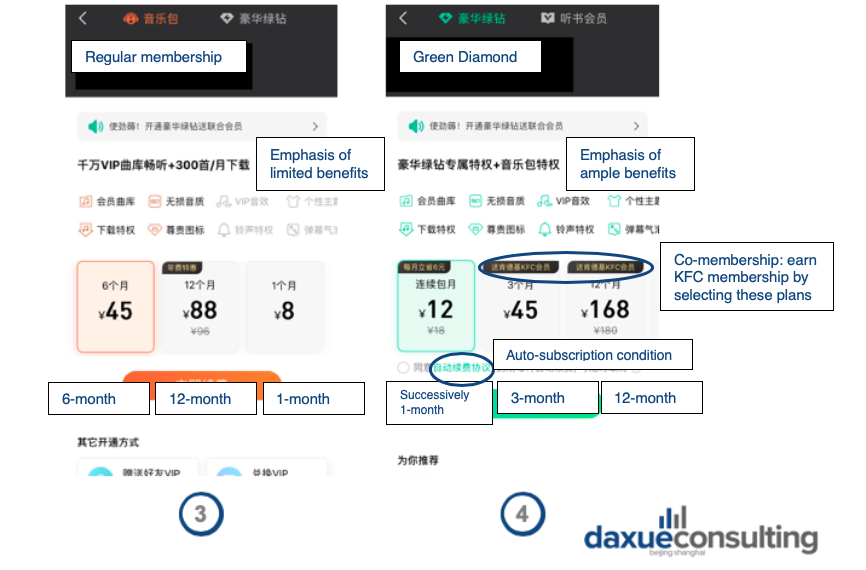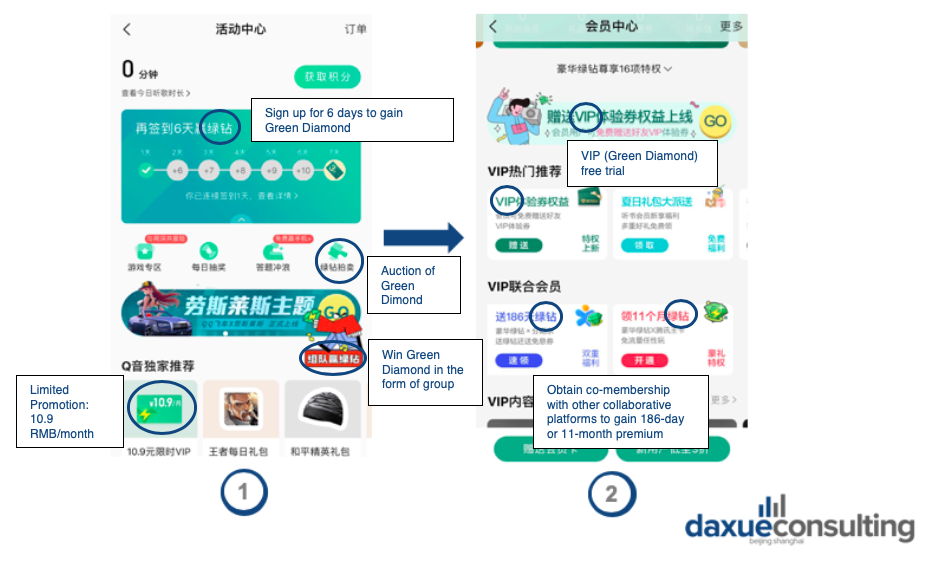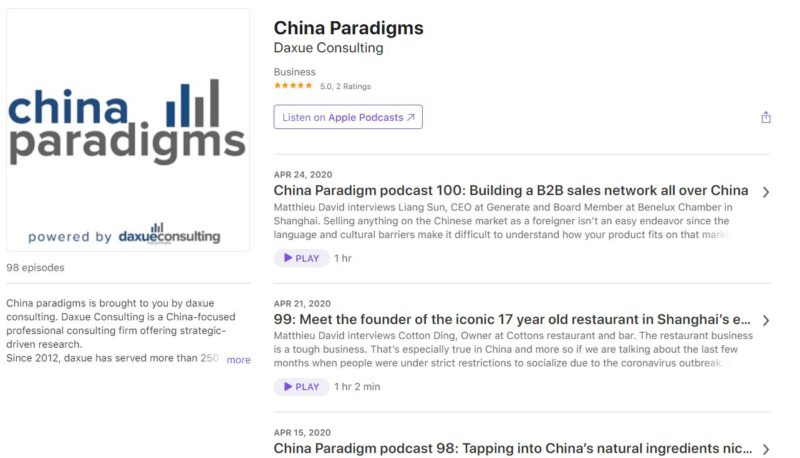To nudge is to “touch or push (something) gently or gradually” or “coax or gently encourage (someone) to do something.” This small action seems insignificant among the large and obvious marketing initiatives, like co-branding, KOL marketing, and live-streaming, which are commonly employed in the competitive Chinese market. However, nudge marketing in China plays a vital role in creating incentives to motivate consumers to notice, click on, or purchase a product.
Developed by American scholars, Richard Thaler and Cass Sunstein, the concept of nudge marketing has been successfully applied in both public and private sectors in the Anglo-Saxon society. The key elements of the nudge theory include the choice architect (organizing the environment in which people make choices) and heuristics (reducing the mental effort to make a decision). In a nutshell, both governments and enterprises apply nudge in China to entice people to achieve expected behavior.
In the business context, nudge tactics are all around us
Nudge theory was popularized in 2008, but we have been influenced by nudging, even in a consumption context, our whole lives. Simply observing the online and offline ecosystems exposes the abundance of nudge marketing tactics in China. Anywhere a business creates the environment in which a decision is made will inevitably include nudges.
Individuals retain the power to choose among alternatives, but the structure of their choice favors one particular outcome. Nudging affects behavior while also respecting freedom of choice of the consumer. Whether it is placing sweets or other impulse purchases near the cash register, or listing the more profitable product in front of the less profitable one online, consumer choices are influenced by the environment around them.

Photo Source: Daxue consulting, Mechanism of nudge marketing
However, Nudge theory has low academic awareness in China
Even though “nudge” is a popular concept in the western world, it has been rarely cited for academic purposes in China. The official Chinese translation of nudge is “助推理论 (nudge theory)”. Other synonyms such as “助力发展 (development aid)”, “助推器 (industrial propellers)” and “助推 (nudge)” are used in ways irrelevant to the concept proposed by Thaler.
According to CNKI, a key national research and information publishing institution in China, the attention degree of nudge theory has remained very low in the Chinese academic world. Even so, most of the articles about “nudge theory” are the translation of western academic papers and analysis of the nudge application in western society. These facts reveal that nudge theory, and nudge marketing in China has yet to become popular.

Photo Source: CNKI, Subject distribution of nudge theory in Chinese literature
Nonetheless, it is interesting to notice some enterprises, including online car-hailing platforms, have utilized nudge marketing in China. On the other hand, Chinese scholars have been discussing applying nudge theory to policy making in China. If so, in which context it is most suitable?
Nudge in the business sector: Software-as-a-service industry and E-commerce platforms have applied nudge marketing in China
With the increasing household incomes, improving legal measures regarding intellectual property and development of the 4G network, the software-as-a-service industry in China is booming. While lots of market players strive for market share, how can they attract consumers in China and stimulate the purchase behavior, by applying nudge in their businesses?
Case Study of QQ Music: auto-subscription and excessive exposure of promoted products are nudges
QQ Music (similar to Spotify), one of the leading online music service providers in China, has applied nudge in promoting their core product. Green Diamond (绿钻) is the premium membership that enables music consumers to unlock premium music services such as music quality, customized themes and profile pictures, and more access to paid digital music. In addition to the premium membership, regular membership is the second promoted product, and it merely consists of the basic service, limited access to paid digital music.
Application of heuristics: information availability
Information availability is related to the observation that as people see or hear something frequently, they tend to believe its perceived credibility. QQ Music has applied information availability successfully. On the home page of the member center, QQ Music mostly promotes the premium membership by placing multiple stimuli regarding Green Diamond. The images below display pages of the QQ Music member center.

Source: QQ Music screenshot, navigating a Chinese app means immersing ones-self in a series of ‘nudges’
Four activities which are circled in blue are related to obtaining premium membership. For users that are not familiar with the platform, these stimuli are likely to entice them to get premium membership directly as they might perceive that Green Diamond is the only membership they can obtain from this online music platform. However, they might not know QQ Music has also provided regular membership as this platform does not place any stimulus to promote it frequently.

Photo source: QQ Music, member center page
Inertia and auto-subscription
Inertia is related to the tendency of people to stay committed to current situations. It is caused by the fact that people are unlikely to be proactive to change things when there is no stimulus to do so. Likewise, QQ Music has applied inertia as the stimulus. Some subscription agreements take effect after users enable the auto-subscription condition. For example, users can pay 12 RMB/month by subscribing to the successively 1-month plan. Otherwise, they cannot have 6 RMB deductions per month as a benefit. Once users enable this condition, they need to cancel the plan manually if they want to terminate the plan.
Moreover, QQ Music does not send any notification to remind users of the end of the monthly subscription. Affected by inertia, users are too passive cancel the plan when they have not been prompted to do so, and thus their subscriptions would continue automatically. QQ Music tactic regarding auto-subscription leverages the other side of nudge marketing; consumers are less likely to react to a stimulus that is not present.
Case Study of Tmall: Reviews, discounts and particular display of information are nudges
Likewise, Tmall has driven online purchase behavior with nudge marketing in China.

Photo Source: Tmall, Nudge marketing on Tmall platform
Social proof and reviews
High amount of reviews are effective in driving purchase behavior as they give more context and personal experience to products. Reviews are technique of social proof, which states that when uncertain, individuals will look towards the behaviors of others to help them make decisions.
Anchoring and discounts
Anchoring, a psychological pricing technique, is using existing information as a baseline for new judgements. The higher price “anchors” the individual to make the discounted price seem smaller.
Autonomy in decision-making
Being able to choose from various options, such as to check out, add to the bag, or paying in installments, it gives consumers the freedom of remaining autonomous in their decision.
Pushing the sales of a particular product
Placing the most attractive product next to similar products that aren’t perceived to be as good of a deal makes that option look even better. On Xiaomi’s page, the most attractive option would be the middle with its attractive specs, which justifies its higher price.

Photo Source: Tmall, Nudge marketing on Tmall platform
Credibility and labels
Labelling as implicit nudges boosts credibility of the product to make it easier for consumers to find what they want.

Photo Source: Tmall, Nudge marketing on Tmall platform
Similar nudges are widely used in video platforms, paying-for-knowledge apps, gaming platforms
In terms of other digital content and service providers, auto-subscription is a common nudge tactic in this market. It is noticeable that the applied nudge tactic in China’s business can be found in the western context. With the growth of globalization, more and more business tactics born in the west have been adopted in China readily.
Applications of nudge from China’s government
Nudge in the policy establishment is more insightful. More and more Chinese scholars have delved into this field and discussed its feasibility in the Chinese context.
Nudge in China’s public policies: it is applicable in the pension system while focusing on different attribute
One of the most prominent applications of nudge is in the pension system. In western countries, in order to tackle the low propensity of saving, a nudge has been applied to trigger their saving habits for retirement. Auto-enrolment and display of selected information are the main characteristics of nudge in the western context.
By 2020, China had established the pension system for over two decades. Considering the relatively high propensity of saving, it has not been a significant issue in China’s pension system. Instead, the main issue has been the low participation rate. Because of the unequal economic development, the penetration rate of the pension system in rural areas is low. Among these nonparticipants, some of them have limited education and do not know the benefits of investment in pensions. To tackle these issues, some Chinese scholars have suggested that the government should utilize the heuristic, framing and availability, to attract more Chinese people to participate in this system. By amplifying the benefits of pensions, offering limited investment plans and using plain descriptions, people’s willingness to participate are likely to increase.
Nudge applied to prevent the spread of Covid-19
On top of strict government measures to control the spread of COVID-19, China also used some more subtle tactics to encourage citizens to follow the rules. Simply putting a hand sanitiser dispenser or a tissue nearby will increase the chances that people use them, before entering a building, even when people are carry their own tissues and sanitiser.

Source: daxue consulting, 50 measures China used to prevent the spread of COVID-19 report, tissues placed at the doors of ATMs
Standing spots also served as a subtle reminder to keep a two meter from others. Though this measure could have been implemented without labeled standing spots, the spots remove the mental effort for people to have to figure out how far to stand from each other.

Source: daxue consulting, 50 measures China used to prevent the spread of COVID-19 report, people are nudged to stand on standing spots
Nudge theory in China has yet to be widely discussed
Regarding the nudge in China’s business sector, enterprises have applied nudge marketing in China readily. Nudge amplifies the universal trait of human behavior. Since nudge works well in the western society, it can also bring similar benefits in Chinese environment.
In regard to the application of nudge in China’s government sector, scholars are questioning the effectiveness of nudge in changing people’s behavior. Influenced by Confucianism, China has been rooted in a traditionally paternalistic system that features control and power. By 2020, the legislation in China has been to affect people’s behavior directly, rather than enticing them to behave in a certain way.
In the future, mitigating the differences might facilitate nudge’s occurrence in China’s policies
Nudge for good is meant as a plea and not necessarily an expectation. Richard Thaler, Nobel Prize winner
“Although there are cultural differences between Asia and the US or Western Europe, fundamental traits of human behavior are relatively stable around the world that would allow China to use the tools to design policies.” Thaler said. He also mentioned that applying nudge in government policy would help China’s government to obtain better outcomes. In line with some Chinese scholars’ opinions, nudge is a valuable tool that cannot be neglected. However, this isn’t to say we should ignore of socio-cultural and economic differences. Hence it is worth doing more research on nudge marketing in the context of China.
Authors: Amelia Han & Della Yuzhou Wang
Many COVID-19 prevention measures were nudges, spot them in our report
Listen to 100 China entrepreneur stories on China Paradigms, the China business podcast
Listen to China Paradigm on Apple Podcast






